There are countless options available when it comes to pizza toppings. There is something for everyone, from traditional pepperoni to unique toppings like pineapple or shrimp.
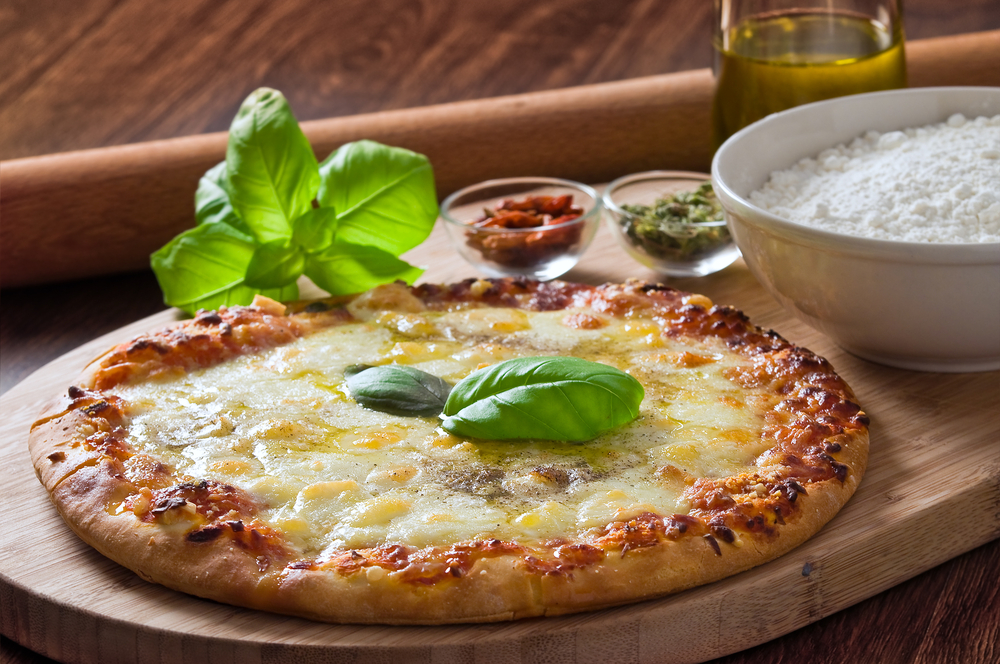
Oregano is one topping that is frequently disregarded, though. This herb has been a mainstay in Italian cooking for generations, adding flavor to a variety of foods, including pizza.
The most popular form of oregano for pizza is dried oregano. Its earthy, slightly bitter flavor and peppery sting give the pizza sauce more complexity.
A versatile plant, oregano can be used in fresh leaves, dried leaves, and essential oils, among other forms. However, because to its extended shelf life and potent flavor, dried oregano is the most preferred option for pizza.
Pizza gets a flavor boost from oregano as well as some nutritional advantages. Antioxidant-rich and demonstrated to have antibacterial effects, oregano.
In addition, it is a good source of calcium, iron, vitamin K, and other vitamins and minerals. Adding oregano may up your pizza game, whether you want a traditional margherita or a loaded pizza with a variety of toppings.
What is Oregano?
Oregano is a popular herb that is known for its strong and distinctive flavor. It is a member of the mint family and is native to the Mediterranean region, specifically Italy and Greece. The herb is widely used in Italian and Greek cuisine, where it is a staple ingredient in many dishes.
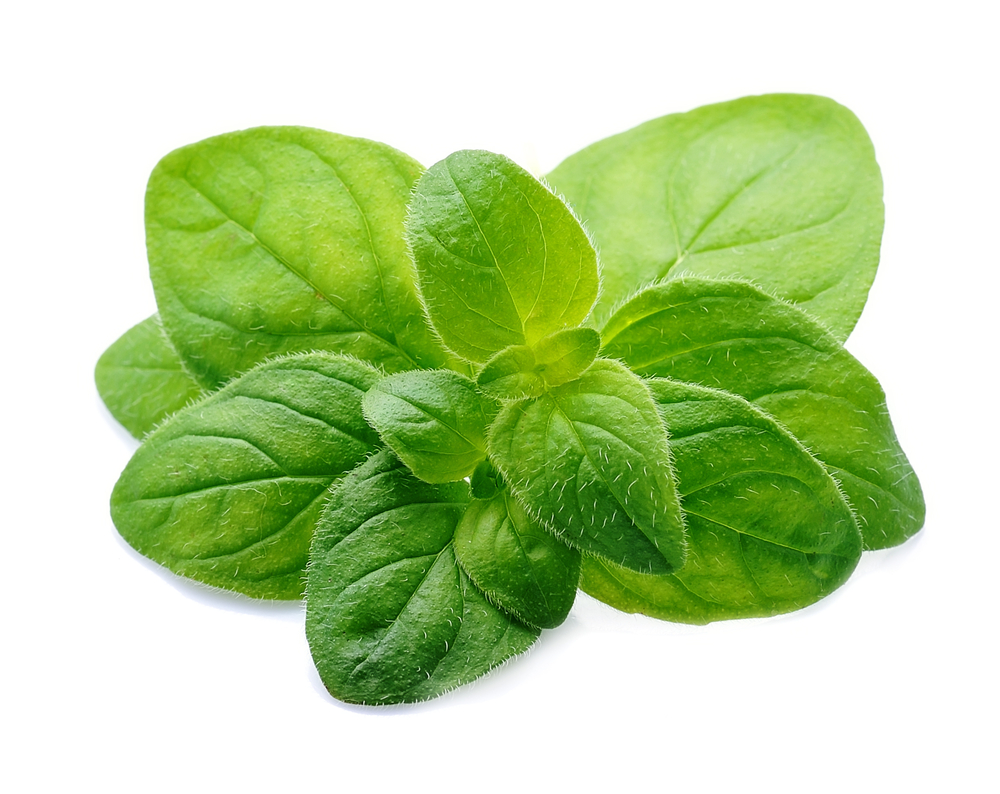
The taste and aroma of oregano are earthy, bitter, and slightly minty. It is a savory herb that adds depth and complexity to dishes. Oregano is often used in spice blends such as herbes de Provence and za’atar.
There are several different varieties of oregano, each with its own unique flavor profile. The most common type of oregano used in cooking is Greek oregano, which has a slightly sweeter and milder flavor than its Italian counterpart.
Oregano is a versatile herb that can be used in a variety of dishes. It pairs well with meats, vegetables, and pasta dishes, and is a popular topping for pizza. Its strong flavor means that a little goes a long way, so it is important to use it sparingly.
Oregano is a flavorful and aromatic herb that adds depth and complexity to dishes. Its strong taste and aroma make it a popular choice in Italian and Greek cuisine, and it is a staple ingredient in many spice blends.
Oregano as a Pizza Topping
When it comes to pizza toppings, oregano is a classic herb that is commonly used in Italian cuisine. It has a distinct flavor profile that can add depth and complexity to the taste of pizza. In this section, we will explore the different ways oregano can be used as a pizza topping.
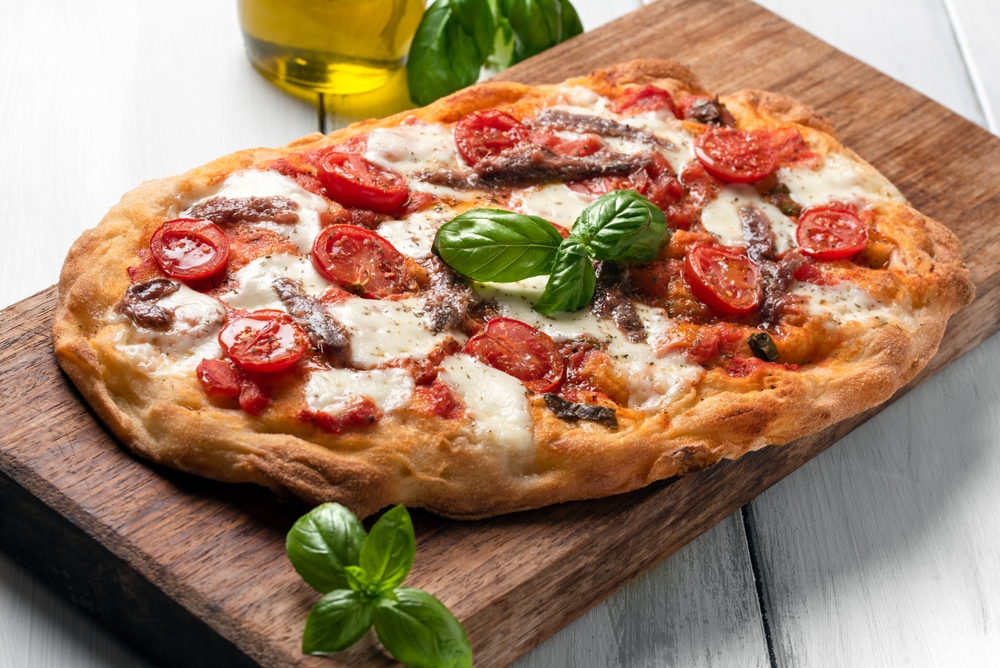
First and foremost, oregano is often added to pizza sauce to enhance its flavor. It pairs well with tomato sauce and can help balance out the acidity of the tomatoes.
Additionally, oregano can be used as a garnish on top of pizza after it has been cooked. This adds a pop of color and a burst of flavor to the pizza.
When it comes to choosing oregano for pizza, there are two main types: Greek oregano and Italian oregano. Greek oregano has a stronger flavor and aroma, while Italian oregano has a milder taste. Both can be used in pizza, but it ultimately comes down to personal preference.
Oregano pairs well with a variety of pizza toppings, including pepperoni, mozzarella, and margherita pizza.
It can also be used in combination with other herbs, such as basil and thyme, to create a unique flavor profile. Oregano can also be used in pizza sauces, such as garlic butter sauce, to add a depth of flavor.
When it comes to using oregano on pizza, it is important to use it sparingly. Too much oregano can overpower the other flavors in the pizza and make it taste unbalanced. A little bit goes a long way, and it is best to start with a small amount and add more as needed.
Oregano is a versatile herb that can add depth and complexity to the taste of pizza. It pairs well with a variety of pizza toppings and can be used in pizza sauces to enhance their flavor.
When using oregano on pizza, it is important to use it sparingly to avoid overpowering the other flavors.
Fresh Oregano vs Dried Oregano
When it comes to adding oregano to pizza, you have two options: fresh or dried. Both types of oregano can be used to add flavor, but they have some differences in taste, aroma, and appearance. In this section, we will compare fresh oregano and dried oregano and help you decide which one is best for your pizza.
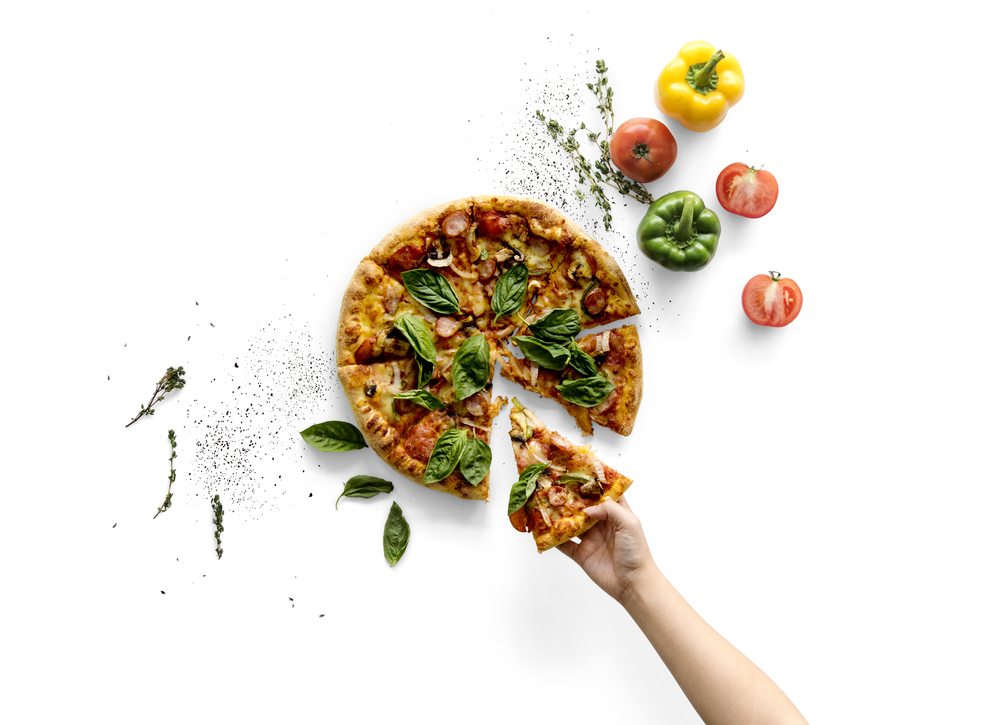
Fresh Oregano
Fresh oregano has a bright, leafy green appearance and a strong, pungent aroma. It has a slightly bitter taste with hints of mint and is often described as earthy.
Fresh oregano is commonly used in Italian cooking, particularly in tomato-based sauces and pizza toppings. It can also be used in pesto, marinades, and salad dressings.
To use fresh oregano on pizza, simply chop it finely and sprinkle it over the pizza before baking. You can also mix it with olive oil and drizzle it over the pizza after baking for an extra burst of flavor.
Dried Oregano
Dried oregano has a brownish-green color and a more concentrated flavor than fresh oregano. It has a slightly bitter taste with a warm, aromatic flavor that is often described as woodsy. Dried oregano is a popular seasoning for pizza and can also be used in marinades, rubs, and salad dressings.
To use dried oregano on pizza, simply sprinkle it over the pizza before baking. You can also mix it with olive oil and brush it over the crust before baking for added flavor.
Which One Should You Use?
Both fresh and dried oregano can be used to add flavor to pizza, but they have different strengths and weaknesses. Fresh oregano has a bright, fresh flavor that is perfect for adding a burst of flavor to your pizza.
Dried oregano, on the other hand, has a more concentrated flavor that is perfect for seasoning the pizza sauce and crust.
In general, we recommend using fresh oregano for toppings and dried oregano for seasoning the sauce and crust. However, feel free to experiment with both and see which one you prefer.
Other herbs like cilantro and parsley can also be used as pizza toppings, so don’t be afraid to get creative with your seasoning choices.
In summary, fresh oregano and dried oregano both have their unique flavor profiles and uses. Whether you choose to use fresh or dried oregano on your pizza, make sure to season it with salt and pepper to bring out the full flavors of the herbs.
Other Herbs That Go Well with Oregano
When it comes to pizza toppings, oregano is a classic herb that adds a distinctive flavor to the dish.
However, if you want to experiment with other herbs, there are several options that pair well with oregano. Here are some of our favorite herbs to use in combination with oregano:
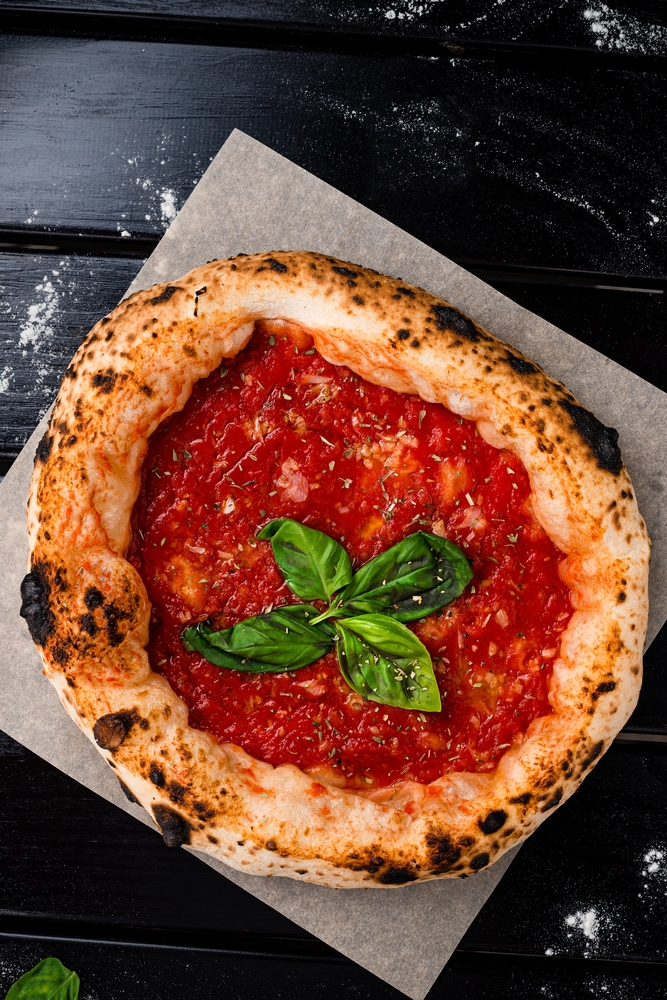
Basil
Basil is a member of the mint family and is commonly used in Italian cuisine. It has a sweet, slightly peppery flavor that complements oregano well. You can use fresh basil leaves or dried basil in your pizza toppings.
If you want to take it up a notch, try making a pesto sauce with basil, pine nuts, garlic, and olive oil to use as a base for your pizza.
Rosemary
Rosemary is a fragrant herb with a pine-like flavor that goes well with meats and vegetables. It pairs particularly well with oregano on pizza with toppings like sausage, bacon, or mushrooms. You can use fresh rosemary sprigs or dried rosemary in your pizza toppings.
Thyme
Thyme is a versatile herb with a slightly minty flavor that works well in many dishes. It pairs well with oregano on pizza with toppings like chicken, tomatoes, or artichokes. You can use fresh thyme leaves or dried thyme in your pizza toppings.
Cilantro
Cilantro is an herb with a bright, citrusy flavor that is commonly used in Mexican cuisine. While it may not be an obvious choice for pizza toppings, it can add a unique twist to your dish.
Try using cilantro in combination with oregano on pizza with toppings like peppers, onions, or shrimp.
Parsley
Parsley is a mild herb with a fresh, slightly bitter taste that can add a pop of color to your pizza toppings.
It pairs well with oregano on pizza with toppings like olives, feta cheese, or roasted vegetables. You can use fresh parsley leaves or dried parsley in your pizza toppings.
Marjoram
Marjoram is a close relative of oregano and has a similar flavor profile, but it is milder and sweeter.
It pairs well with oregano on pizza with toppings like tomatoes, mozzarella cheese, or grilled chicken. You can use fresh marjoram leaves or dried marjoram in your pizza toppings.
Oregano is a classic herb for pizza toppings, but there are several other herbs that can add a unique twist to your dish. Experiment with different combinations to find your favorite flavor profile.
How to Use Oregano on Pizza
When it comes to adding oregano to pizza, there are a few things to keep in mind to ensure that you get the most flavor out of this delicious herb. Here are some tips and tricks for using oregano on pizza:
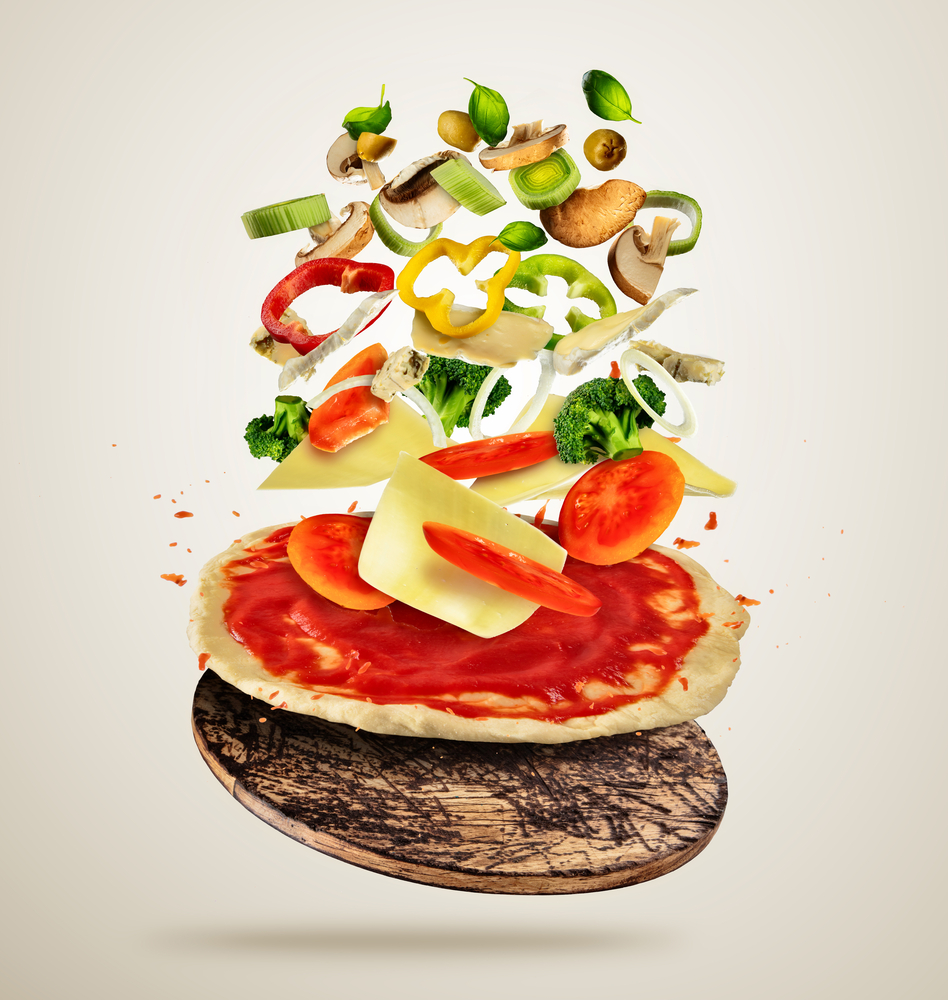
- Add oregano to your homemade pizza sauce: Adding oregano to your homemade pizza sauce is a great way to enhance the flavor of your pizza. Simply add a pinch of dried oregano to your tomato sauce and mix well. If you’re making a white pizza, you can also add oregano to your olive oil and garlic mixture for an extra burst of flavor.
- Sprinkle oregano on top of your pizza: Once you’ve assembled your pizza, sprinkle some dried oregano on top of the cheese and toppings. This will infuse your pizza with the herb’s savory, slightly bitter flavor.
- Use fresh oregano as a garnish: If you have fresh oregano on hand, you can use it as a garnish for your pizza. Simply chop up some fresh oregano leaves and sprinkle them on top of your pizza after it’s finished cooking.
- Experiment with different toppings: Oregano pairs well with a variety of pizza toppings, including olives, mushrooms, pepperoni, and mozzarella cheese. You can also try adding some crushed red pepper for a spicy kick, or some fresh basil leaves and sliced tomatoes for a burst of freshness.
- Season your crust with oregano: For an extra burst of flavor, you can add some dried oregano to your pizza crust. Simply mix the oregano into your dough before rolling it out.
- Pair oregano with other herbs: Oregano is a common ingredient in spice blends such as herbes de Provence and za’atar. You can experiment with these blends to find the perfect combination of herbs for your pizza.
Oregano is a versatile and delicious herb that can add a lot of flavor to your pizza. Whether you’re making a homemade pizza from scratch or sprucing up a frozen pizza, adding oregano is a simple and easy way to take your pizza to the next level.
Health Benefits of Oregano
Oregano is a herb that has been used for centuries in Mediterranean cuisine. Not only does it add a delicious flavor to our favorite pizza, but it also provides several health benefits.
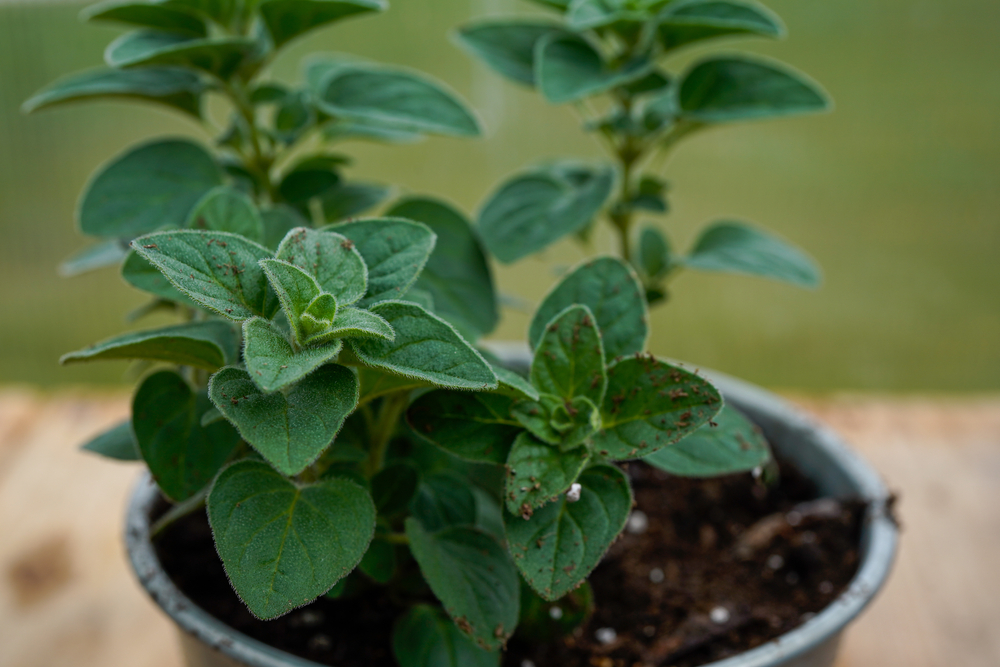
One of the most notable benefits of oregano is its high level of antioxidants. Oregano is packed with phenolic compounds, which have been shown to have strong antioxidant properties.
These compounds help protect our cells from damage caused by free radicals, which can lead to oxidative stress and chronic diseases such as cancer and heart disease.
In addition to its antioxidant properties, oregano contains essential oils that have antimicrobial properties.
These oils can help fight off harmful bacteria and viruses in our bodies, making it a great addition to our diets during cold and flu season.
Oregano also has a bold, peppery, and earthy taste that can enhance the flavor of our favorite Italian dishes, marinades, salads, and sauces.
Its strong flavor allows us to use less salt in our cooking, which can be beneficial for those who need to watch their sodium intake.
Furthermore, oregano can be used as a garnish to add a pop of color and flavor to our dishes. It is a versatile herb that can be used in both fresh and dried forms, making it easy to incorporate into our daily diets.
Adding oregano to our pizza not only enhances its flavor but also provides several health benefits. Its antioxidant and antimicrobial properties make it a great addition to our diets, and its bold flavors can elevate the taste of our favorite dishes.
Conclusion
We hope this article has helped you understand the role of oregano in pizza. Oregano is a popular herb used in pizza toppings, and it has a distinct, aromatic flavor that enhances the taste of pizza.
Here are a few key takeaways from this article:
- Oregano is a common pizza topping because it pairs well with tomato sauce and has a fragrant, flavorful taste.
- Oregano is often used in spice blends like herbes de Provence and za’atar, which are used to season a variety of dishes.
- Fresh oregano has a milder flavor than dried oregano, so it’s best to use fresh oregano if you want a rich flavor.
- Oregano also has antimicrobial properties that can help preserve the freshness of pizza toppings.
When it comes to making pizza, there are many ways to use oregano. Some people prefer to add it to the tomato sauce, while others sprinkle it on top of the pizza after it’s been baked. Either way, oregano is an essential ingredient that adds a unique flavor to pizza.
Oregano is a versatile herb that can be used in a variety of dishes, including pizza. Whether you’re a fan of classic margherita pizza or you like to experiment with different toppings, oregano is a great way to add flavor and aroma to your pizza.







Add comment